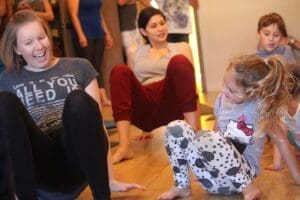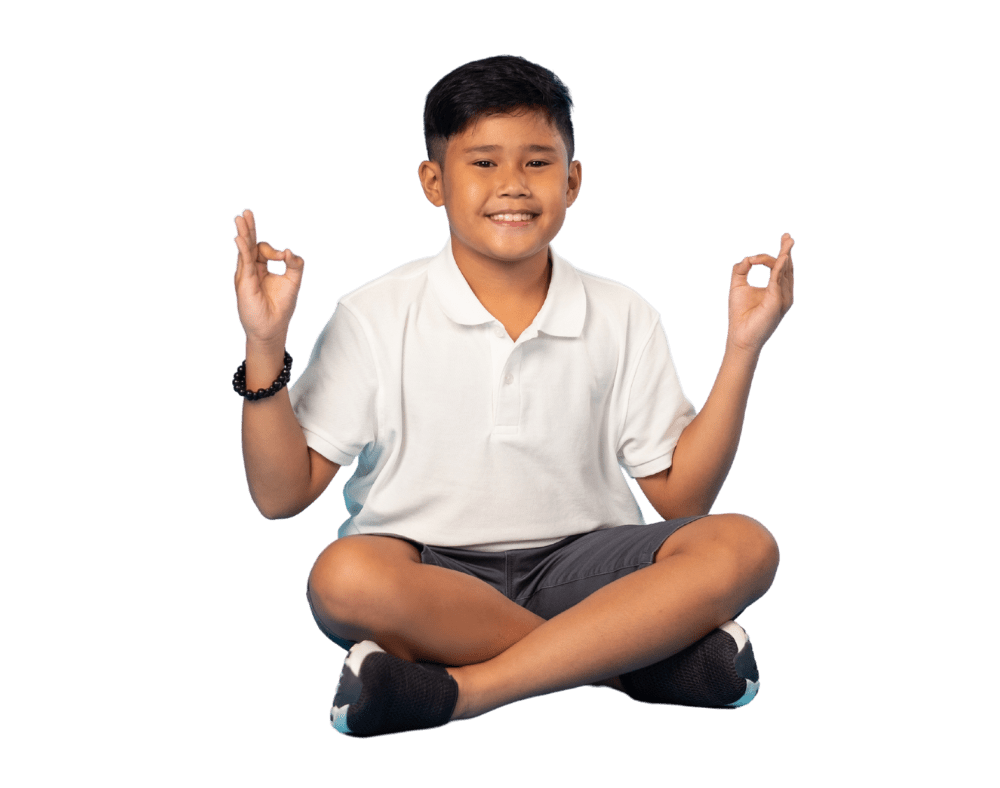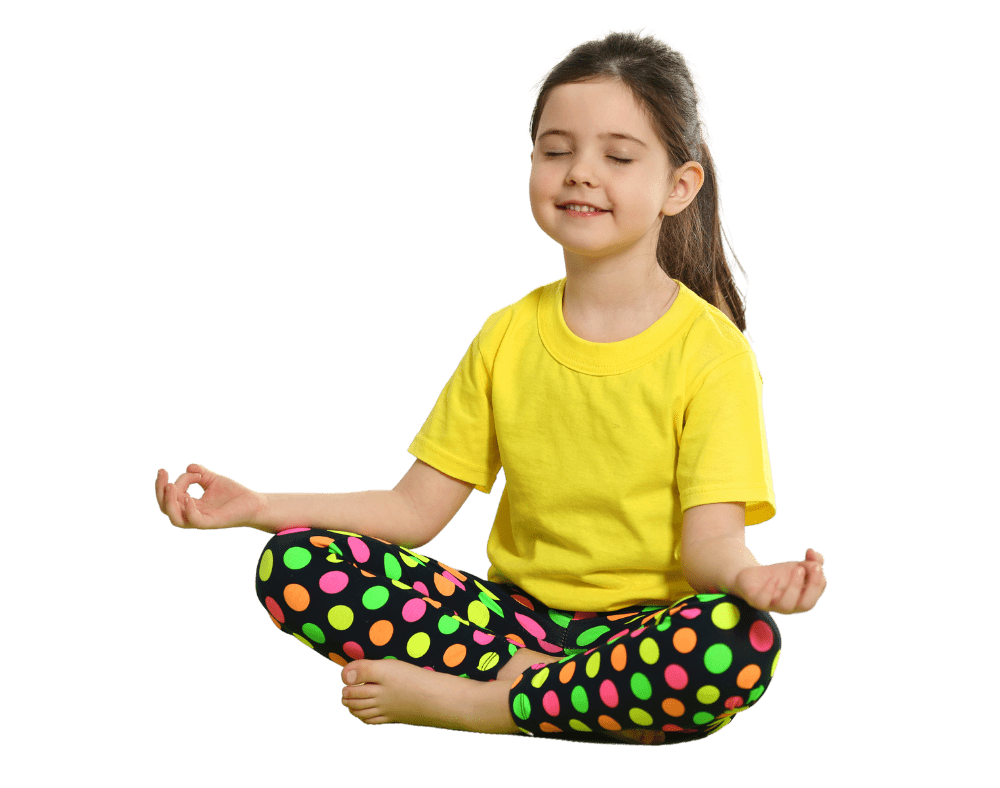Since cave drawings first made an appearance some 27,000 years ago, humans’ brains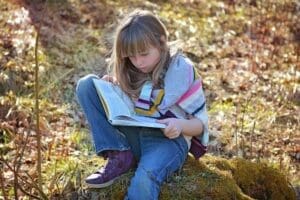
According to Jon Thomas’ The Art of Storytelling, sharing stories has big effects on the audience, both physically and mentally:
- Stories create emotional connections to the information being shared, as well as between audience members and the storyteller. Sharing the experience of a story brings people together for the duration of the story, and rebuilds that connection each time the story is re-shared.
- 70% of what we learn is through storytelling. Think about explaining a new yoga pose to a child. Rather than just list off the anatomical features of the pose and a step-by-step checklist of how to do the pose, we share the new pose with a story. For example, teach Upward Dog and Downward Dog by having a dog stretch and talking about how your own dog wags his tail. This will help your children remember the dog-like poses.
- Stories give personal meaning to facts. This is like trying to explain how yoga got started. We could just practice the poses, but instead, explain that the yogis thousands of years ago became stiff and uncomfortable just sitting and meditating all day. So they began to look around them and notice the animals’ movements. They tried stretching like the cow and noticed it felt good. Then they tried slithering like a snake and felt even better. Now, the children can relate to the information more personally and will therefore remember it longer.
- Storytelling initiates more brain activity. Of course, when hearing a story, the
language processing parts of the brain activate. But, other areas of the brain react as if the listener were experiencing the events of the story too. So, the sensory cortex reacts when talking about how smooth a pebble was. And the motor cortex gets excited when it hears about a person swinging a bat – it thinks you are actually swinging the bat yourself! The best example of this is when hearing about food. When someone describes a delicious meal, your own mouth starts watering, even though the meal is nowhere near you – you can’t physically smell it or taste it. But your brain doesn’t know that!
- Storytelling is a way to subtly and deeply affect people’s thoughts and opinions. Uri Hasson from Princeton University says, “When she spoke…[the listeners] understood her story, and their brains synchronized. When she had activity in her insula, an emotional brain region, the listeners did, too. When her frontal cortex lit up, so did theirs. By simply telling a story, the woman could plant ideas, thoughts and emotions into the listeners’ brains.” Powerful, isn’t it?
All of this scientific evidence of storytelling’s power can be easily utilized in a child’s yoga class. I have used several storytelling activities with my own classes of all ages. Here are my three favorites:
Harold and the Purple Crayon is a classic little book about a boy and his magic crayon. Whatever he draws comes to life. After reading it to my class, we try to make up our own story. If I’m inside, I bring paper (rolls of butcher paper or package wrap work great) and crayons. If we are outside, sidewalk chalk is perfect to use. Before class, I make up index cards of yoga poses, writing the word and a stick drawing of the pose. For example, Mountain, Flower, Tree, Happy Baby, etc. make great nouns for stories. Then, one by one, the kids come up, choose a card, draw the object on the paper or sidewalk, and everyone does the pose. The second tells the story from the beginning, choosing a card and then adding her pose to the list. By the 10th child, the story is pretty long, but the drawing helps them remember the order of events.
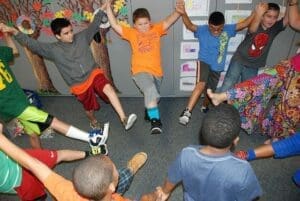
Finally, make a Tell Me A Story set. Using smooth river pebbles, paint pictures of things that have corresponding poses (like Tree, Boat, etc.). Place the pebbles in a bag, and as each person has a turn, they pull out a pebble, look at the word, add to the story, and stack the pebble. The story is as long as the pebbles can be stacked. You could do this with a Jenga game, too, writing the poses on the blocks and stacking them as you tell the story.
For other ways to bring yoga right into your classroom (whether in-person, distance-learning, or homeschool), take a look at KAY’s virtual 6-hour workshop, EduKAY. Developed by educators and yoga teachers, EduKAY teaches school educators how to make yoga and meditation part of their school day routines, bringing a sense of power and peace to students and improving the classroom environment.
Like what you read here? There’s so much MORE to explore and learn with Kidding Around Yoga. Check out our website for our live and online teacher trainings, Yoga Alliance-approved 95-hour RCYT trainings, specialty online courses, original music, merchandise, and SO MUCH MORE!

